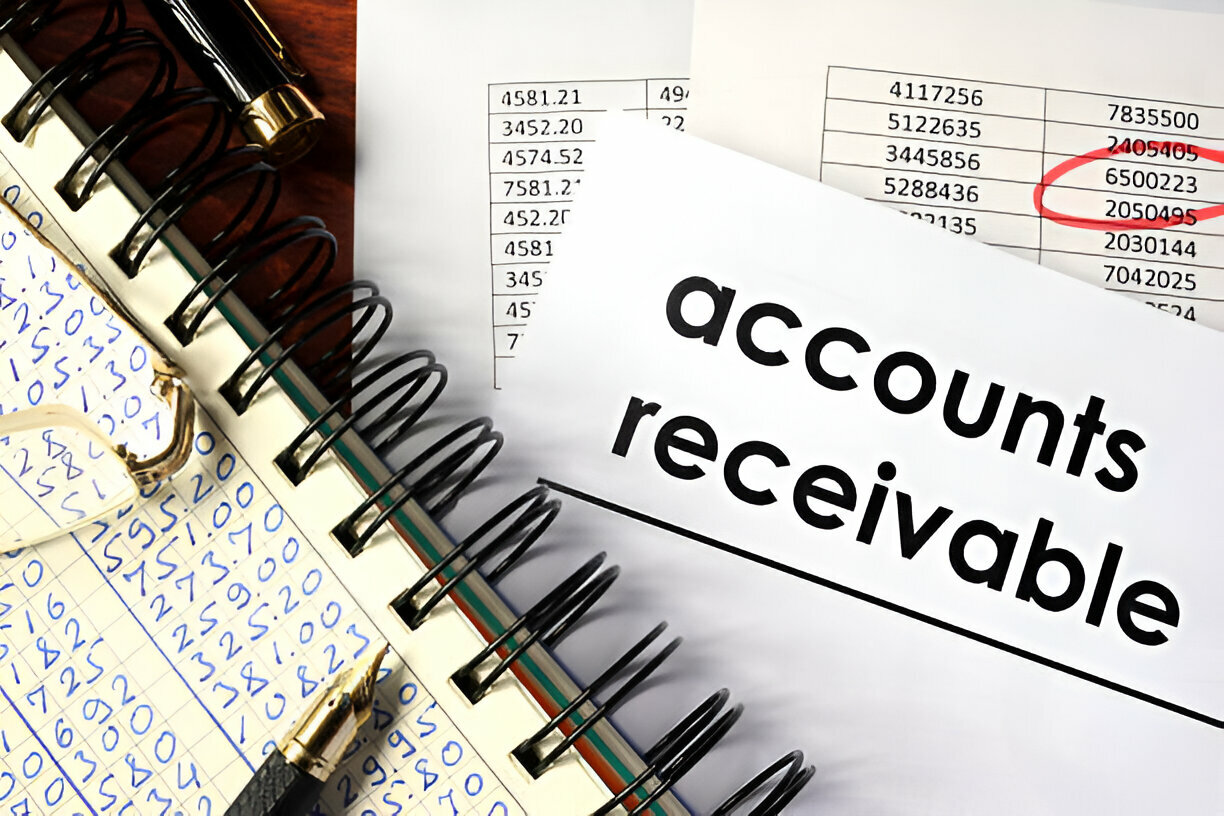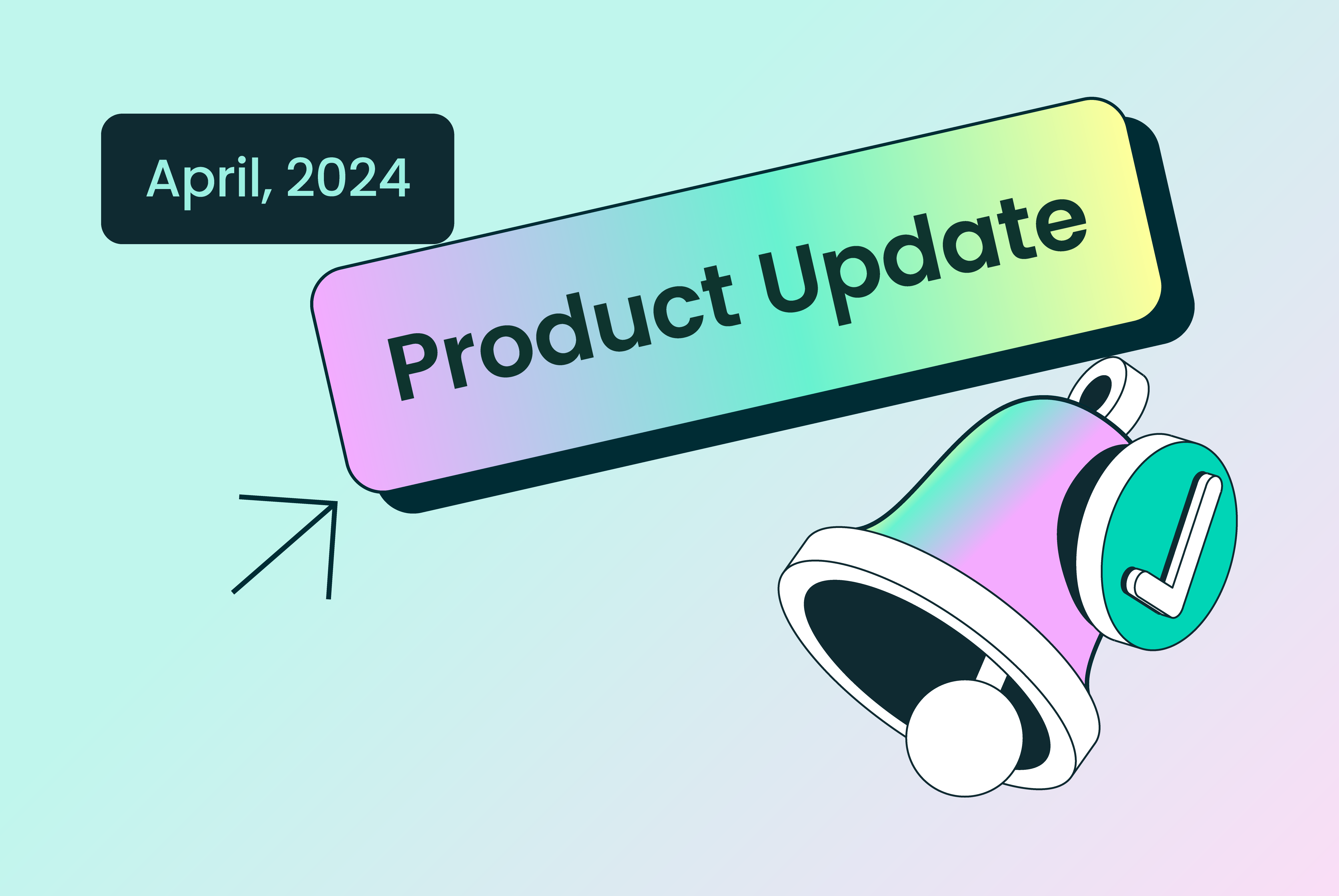When the year started, Ms. Peters had a major goal in mind for the finance team she led—to drastically cut and reduce the manual payment tasks that keep her team busy but abysmally unproductive, but integrating payment automation solutions.
It was a big win when they finally got management buy-in for a new accounting software. This meant that they could start digitising most of their processes, but she knew it wasn’t enough. As a manufacturing company embracing digital transformation, she wanted the finance team to be on the cutting edge.
As she starts making inquiries and researching possible providers to engage, the challenge at hand is knowing exactly which functions to prioritise. What would work for her company and which questions should she be asking?
Making Payment Automation Work for You
According to a 2023 research by Duplo, 79.9% of Nigerian businesses surveyed stated that their payment system was either semi-automated or fully automated.
But what does it mean to automate your payments?
Payment Automation is an aspect of digitised Accounts Payable (AP). In a fully-automated AP system, all processes work automatically end-to-end, making your AP process faster and more seamless. It also reduces manual data entry and the errors it comes with.
Automating payments offers numerous benefits hence its growing adoption:
- Saving time
- Reducing human error
- Enhancing cash flow management
If like Ms Peters, you’re considering automation for your organisation, it’s essential to be well-informed about the process and what questions to ask a potential provider. In this blog post, we’ll explore five essential things you must know before automating payments so you can make informed decisions.
1. Sync and Integration
For a smooth transition to an automated payment system, compatibility with your existing infrastructure is key. Be on the lookout for a solution that seamlessly integrates with and complements your current accounting and ERP (Enterprise Resource Planning) systems to avoid disruptions during implementation.
It is crucial that key data such as vendor and client information, invoices, and bills can seamlessly sync between the two platforms, to save time and reduce errors from manual entry.
Key things to consider:
- Can the AP system integrate with your existing accounting software?
- Can you enable a two-way sync between the two platforms?
- Does the data sync in real-time?
2. Access & Controls
A major feature of automated payments is approval workflows customised to company policies and business use cases. This allows you to have flexible control to configure and adjust workflows for seamless approvals as well as ensure proper differentiation of roles and responsibilities.
Key things to consider:
- Can you set up automated approval policies?
- Can you invite as many team members as you would like and assign different roles to each one?
- Can you build custom roles?
- Does the system notify you when an action is required from you?
3. Visibility Management
As a finance professional, the importance of having full visibility into your payment operations is second to none for optimising cash flow. Your AP system needs to provide you with full visibility of your payments to make informed decisions.
Key things to consider:
- What kind of reports can you generate from the platform?
- Does the platform give you full visibility into the status of your payments?
4. Security and Compliance
When it comes to automating payments, security and compliance should be at the forefront of your considerations. Before implementing an automated payment system, ensure that your chosen solution meets industry-leading security standards, such as encryption, multi-factor authentication, and secure data storage. Additionally, adhere to relevant regulations, like PCI DSS (Payment Card Industry Data Security Standard) and GDPR (General Data Protection Regulation) to protect your customers’ data and maintain trust.
Key things to consider:
- Does the platform abide by industry standards and regulations?
- What security policies do they have in place?
- Who are their banking and other financial partners?
5. User-Friendliness
An automated payment system that has a user-friendly interface ensures that your team can operate it efficiently. Automation benefits can be undermined by a complex and confusing platform, which in turn leads to errors and staff resistance. Look for a solution that simplifies payment workflows, hence minimising the learning curve for your team.
Key things to consider:
- Is the platform easy to use?
- Can you book a demo to better understand how the platform works?
- What kind of support does the platform provider offer after implementation?
Automating payments can transform your business processes, enhancing efficiency, accuracy, and overall financial management.
The complexity of every business varies; consider your existing systems and what you need to serve your unique needs. Remember, the journey towards automation requires collaboration with a reliable payment automation provider to ensure a seamless transition and successful team adoption to achieve maximum efficiency.
Learn how Duplo partners with businesses to automate payment processes. Book a personalised demo today.




